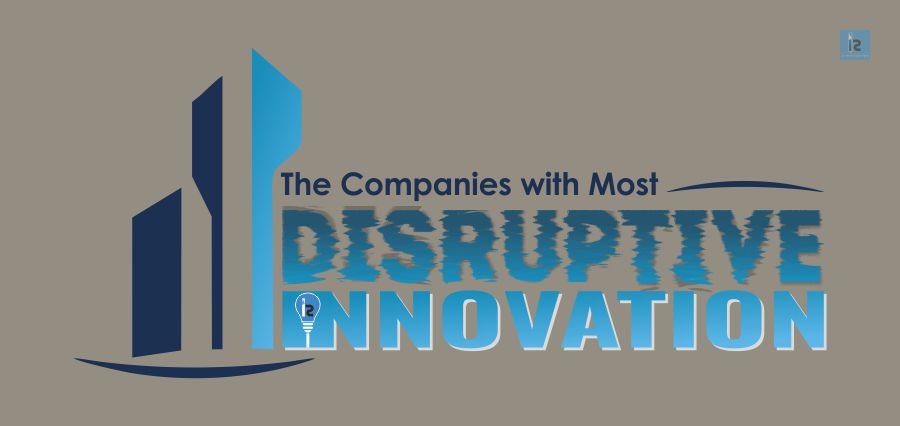‘Disruptive Innovation’ is a phrase bandied about by entrepreneurs, and is often associated with tech start-ups that trample already established businesses. Disruptive innovations arise in pursuit of addressing the gap in the market. Disruption happens when the incumbent’s mainstream customers start taking up the start-up’s products or services in volume. The root of disruptive innovations is when when companies look at existing business models and wonder how to deliver solutions more succinctly rather than refining what is already there. The theory of disruptive innovation is a powerful way of thinking and reflecting about disruptive innovation-driven growth. The companies with disruptive innovations change the competitive patterns in the industry. Disruptive innovation is the evolution of our thinking beyond archetype.
Any disruptive innovation is a process by which a product of particular service takes root initially in simple applications at the bottom of a market and then persistently moves up market, eventually displacing established competitors. The disruptive innovations may have smaller turnover margins in the beginning, a narrower niche market, or a less complex technology, but they can become more advanced and refined over time. As these new products and services find their space in the market, they may move in and take the place of previous market leaders.
Not all innovations are disruptive, even if they may seem revolutionary. Disruptive innovations are more generally produced by outsiders and entrepreneurs in startups in comparison to existing market-leading companies. The established business atmosphere of market leaders does not allow them to pursue disruptive innovations when they first arise. It is generally because they are not profitable enough at first and because there is also possibility that their development can take scarce resources away from sustaining innovations. A disruptive process takes longer to develop than by the conventional approach and the risk associated to it is higher than the other more incremental or evolutionary forms of innovations. That is the reason companies who are focused on sustaining innovations or who are just busy targeting mainstream consumers or profitable consumers are quite reluctant about implementing disruptive innovations.
The disruptive innovations occur not because established companies do not innovate (they do), but because they’re focusing on making good products better for their existing or more profitable consumers (This is called Sustaining Innovations which is opposite of Disruptive Innovations). Disruptive companies exploit technologies to deliver new or existing products in radically different ways. As the larger business focuses on improving products and services for its most appealing customers, the small companies gain a foothold at the bottom end of the market initially or tap a new market the established businesses had failed to notice. This type of start-up typically enters the market with innovative technologies that it uses to deliver products or services better suited to the overlooked consumers initially at an affordable price. Then it moves gradually upmarket until it is providing the performance that the established business’s mainstream consumers expect, while keeping intact the advantages drove its early success.
Companies with disruptive innovation offer products and services to consumers at affordable and convenient prices and steadily they achieve a much faster penetration and higher degree of impact on the established markets. When mainstream customers start adopting the offering of companies with disruptive innovations in larger volume that’s when the disruption occurs. When companies with disruptive innovations successfully implement their disruptive and innovative ideas it acts as a force to change the dynamics of the world in more effective way and improves the way businesses functions.
Weblink: The Companies with Most Disruptive Innovation
-Sharad Chitalkar


